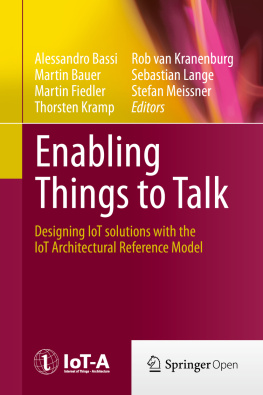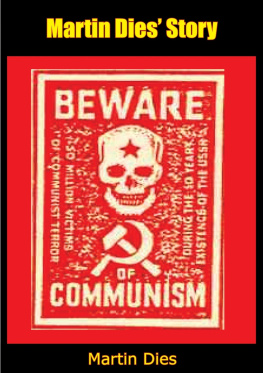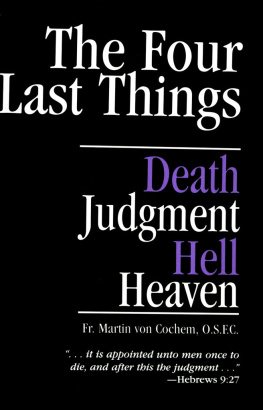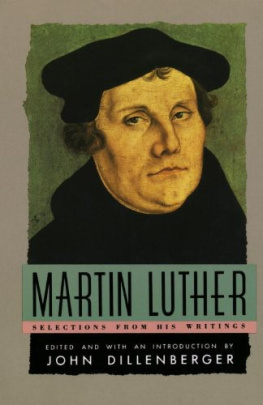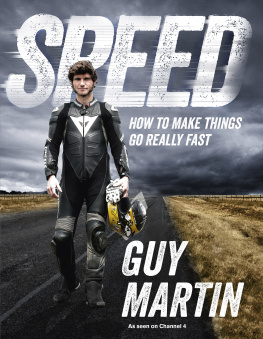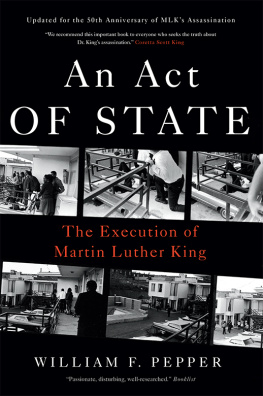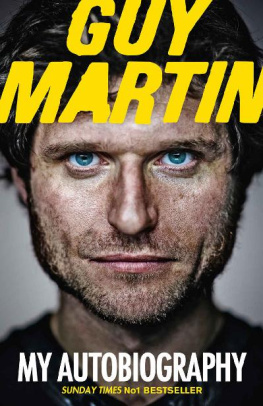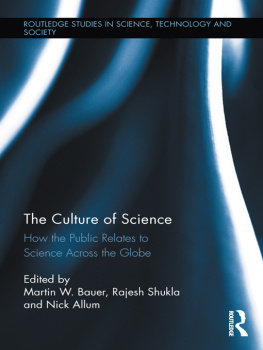Alessandro Bassi , Martin Bauer , Martin Fiedler , Thorsten Kramp , Rob van Kranenburg , Sebastian Lange and Stefan Meissner (eds.) Enabling Things to Talk 2013 Designing IoT solutions with the IoT Architectural Reference Model 10.1007/978-3-642-40403-0_1
The Author(s) 2013
Open Access This chapter is distributed under the terms of the Creative Commons Attribution Noncommercial License, which permits any noncommercial use, distribution, and reproduction in any medium, provided the original author(s) and source are credited.
1. Introduction to the Internet of Things
Abstract
The expression Internet of Things (IoT), coined back in 1999 by Kevin Ashton, the British technology pioneer who cofounded the Auto-ID Center at the Massachusetts Institute of Technology, is becoming more and more mainstream. In opening the IoT Week 2013 with a pre-recorded video message, Ashton insisted on the realization that IoT is here now ; it is not the future but the present . While Gartner identifies IoT as one of the top ten strategic technology trends, Cisco forecasts 50 billion devices connected by 2020, a potential market in excess of $14 trillion, and also claims that IoT is actually already here. Similarly, it is not only companies with a technological focus, such as Ericsson, Bosch or Siemens that use IoT to advertise their cutting edge technologies media companies such as the BBC are conducting research activities and have plans for IoT deployment. In short, we are currently on the verge of witnessing the emergence of a mega-market, where markets such as home and building automation, electricity generation and distribution, logistics, automotive, as well as telecommunications and information technology will steadily converge. As yet, we do not know the consequences of connecting all of these smart objects (smart meter, e-vehicle, cargo container, fridge etc.) to the Internet.
The expression Internet of Things (IoT), coined back in 1999 by Kevin Ashton, the British technology pioneer who cofounded the Auto-ID Center at the Massachusetts Institute of Technology, is becoming more and more mainstream. In opening the IoT Week 2013
At the same time, the Internet of Things (IoT) is not something you will experience as such itself. What you will see is that more and more objects become connected. If you are selling products, you will be negotiating with providers of connectivity. If you are building, selling or inventing models or tools for providing services or applications, you will notice that the convergence of IoT, big data and energy efficiency, combined with cheap hardware, software, data storage and analytics, favours open standards, innovation and interoperability. Daily activities that were distinct become interwoven in new formats and business models.
Thus, in effect, the Internet of Things is a combination of a technological push and a human pull for more and ever-increasing connectivity with anything happening in the immediate and wider environment a logical extension of the computing power in a single machine to the environment: the environment as an interface . This push-pull combination makes it very strong, unstoppable, fast and extremely disruptive.
Mireille Hildebrandt, a Dutch professor working on the implications of emerging technologies and the rule of law, states that we may need to develop an Ambient Law that is embodied in the algorithms and human machine interfaces that support Ambient Intelligence and for this we will have to break through our paralysis, ready to become literate in terms of a new script. In a speech to the Pittsburgh Technology Council in 2009, Eric Schmidt, an American software engineer and executive chairman of Google, focused on the negative effects of (what he called) institutional fragmentation on innovation and integration. He wondered whether governments and the very process of policy and policymaking itself could benefit from the iterative cycles of measuring success and failure that characterize the engineering and design prototyping cycles. With this amount of real-time tracking and aggregated data and information rather than heuristics, the act of governing itself could benefit. Specific laws could take effect for 3 months and be evaluated and adjusted and then, based on real data rather than estimates, be adjusted again. It is this process that can lead to combinatorial and system innovation.
Two dominant characteristics unite these different perspectives: firstly, a sense that Internet connectivity is becoming increasingly ubiquitous and pervasive; and secondly, the idea that eventually everything including mundane physical artefacts will be connected.
IoT Application Example 1: Transport/Logistics
In transport logistics, IoT improves not only material flow systems but also the global positioning and automatic identification of freight. It also increases energy efficiency and thus decreases energy consumption.
In conclusion, IoT is expected to bring profound changes to the global supply chain via intelligent cargo movement. This will be achieved by means of continuous synchronisation of supply chain information and seamless real-time tracking and tracing of objects. It will make the supply chain transparent, visible and controllable, enabling intelligent communication between people and cargo/goods.
IoT Application Example 2: The Smart Home
Future smart homes will be conscious about what happens inside a building, mainly impacting three aspects: resource usage (water conservation and energy consumption), security and comfort. The goal is to achieve better levels of comfort while cutting overall expenditure.
Moreover, smart homes also address security issues by means of complex security systems for detecting theft, fire or unauthorized entry. The stakeholders involved in this scenario constitute a very heterogeneous group.
Different actors will cooperate in the users home, such as Internet companies, device manufacturers, telecommunications operators, media service providers, security companies, electricity utility companies, etc.
IoT Application Example 3: Smart Cities
While the term smart city is still a fuzzy concept, there is general agreement that it is an urban area which creates sustainable development and high quality of life. Giffinger et al.s model elucidates the characteristics of a smart city, encompassing economy, people, governance, mobility, environment and living.
(a)
Smart metering, 600,000 m, $120 million opportunity
(b)
Infrastructure for charging electric vehicles, 45,000 electric vehicles, $225 million opportunity
(c)
Remote patient monitoring (diabetes), 70,000 people, $14 million opportunity
(d)
Smart retail, 4,000 stores, $200 million opportunity
(e)
Smart bank branches, 3,200 PTMs, $160 million opportunity
IoT Application Example 4: Smart Factory
In a global supply chain, companies will be able to track all of their products by means of radio frequency identification (RFID) tags. As a consequence, companies will reduce their operating expenses (OPEX) and improve their productivity due to tighter integration with enterprise resource planning (ERP) and other systems. Also, maintenance of machinery will be facilitated by connected sensors, allowing for real-time monitoring of the health and performance of the factory equipment.

